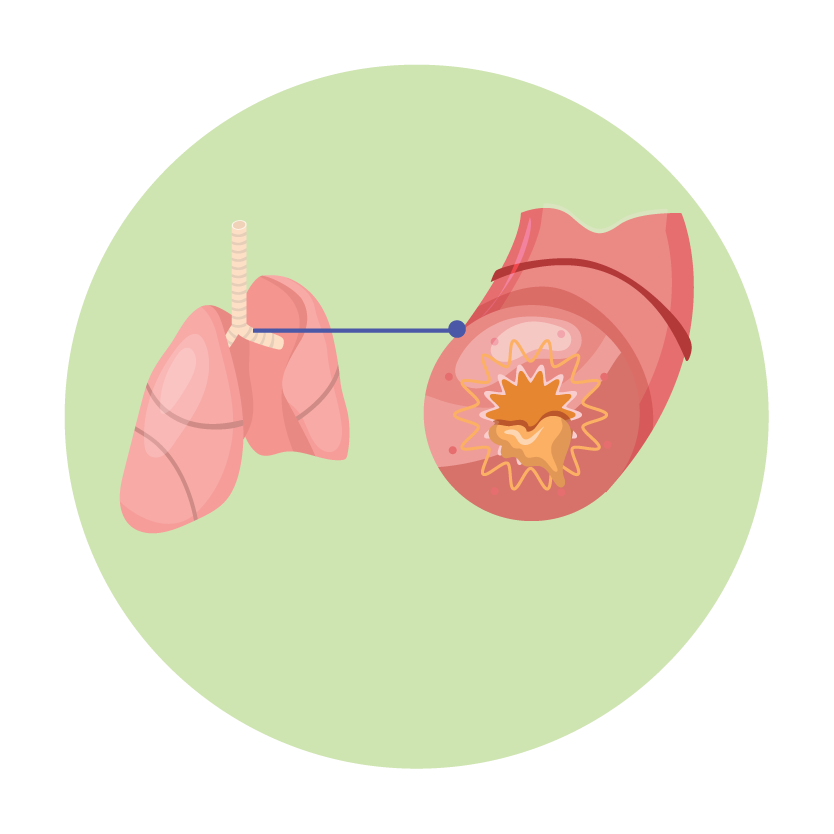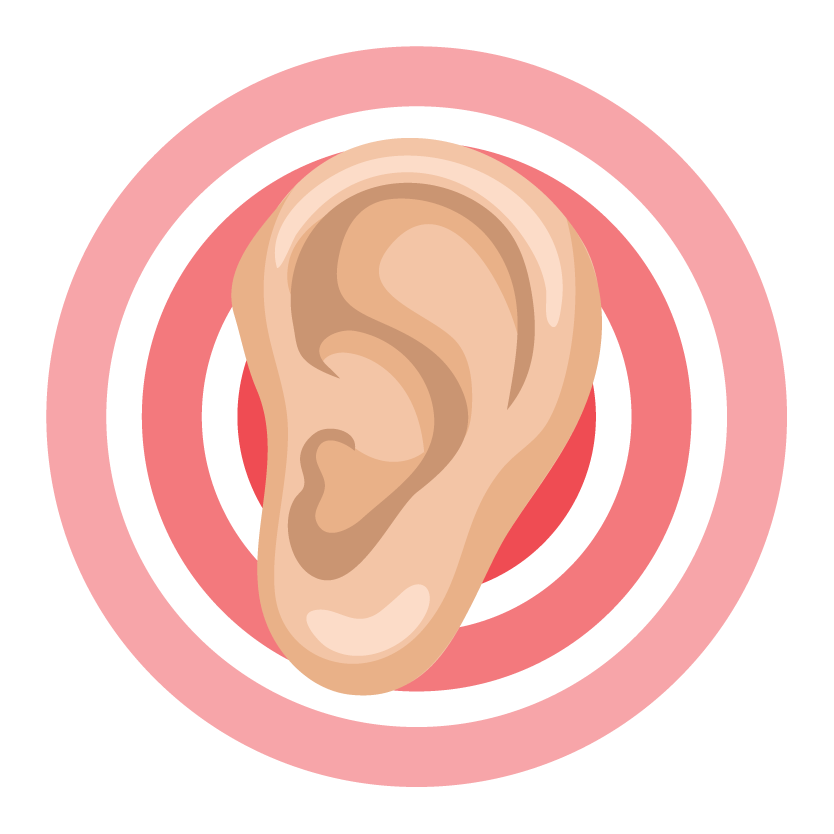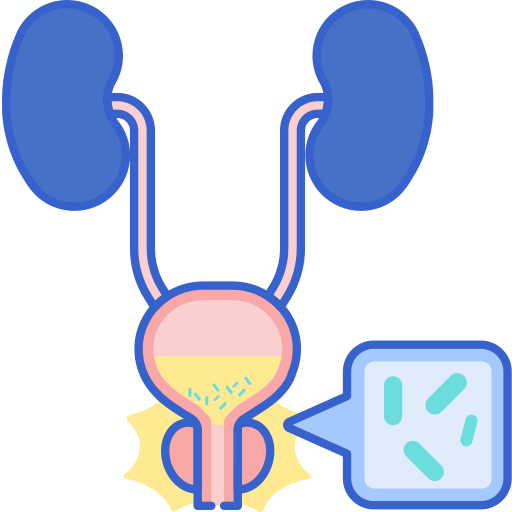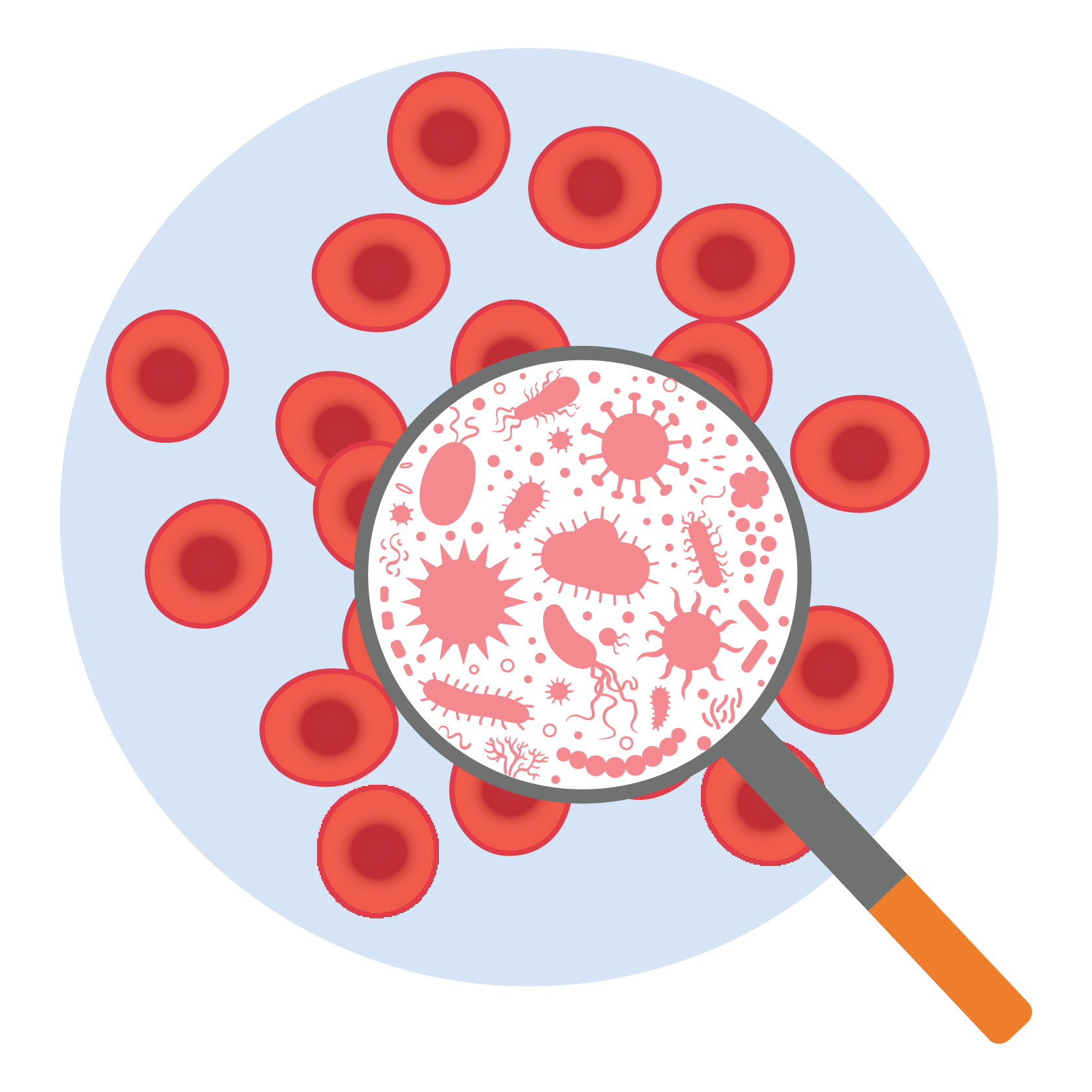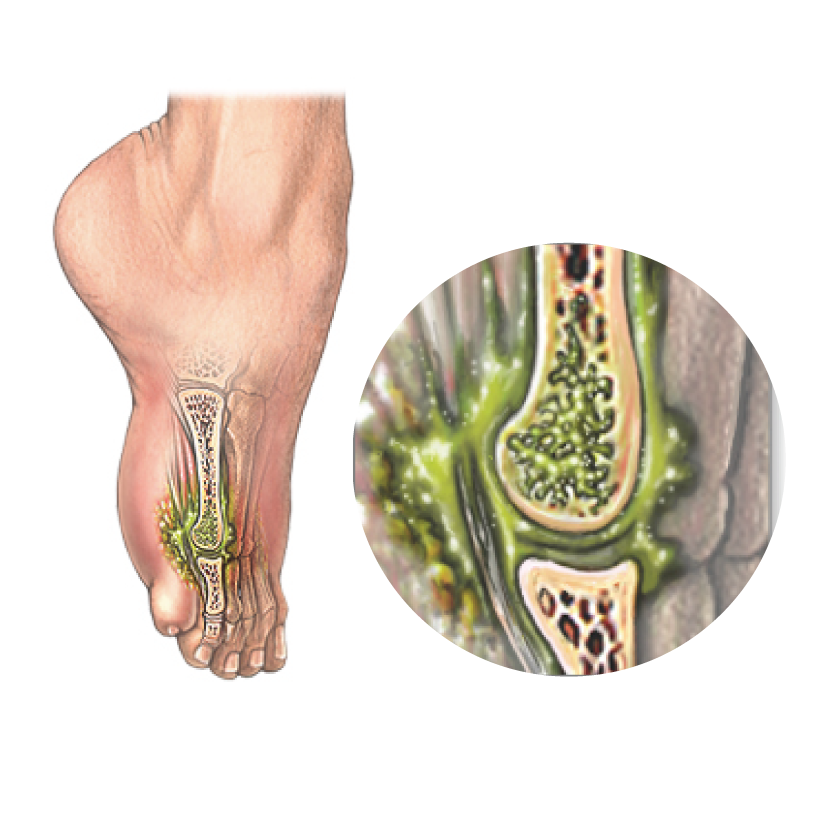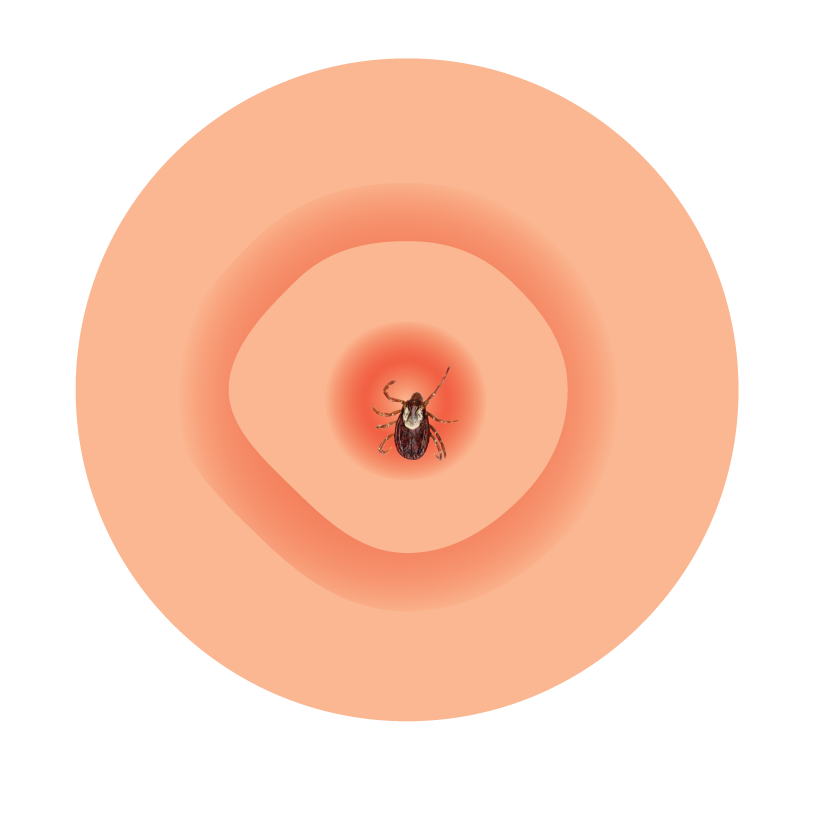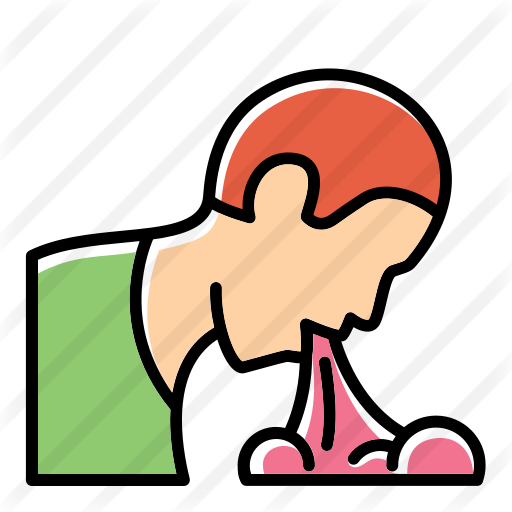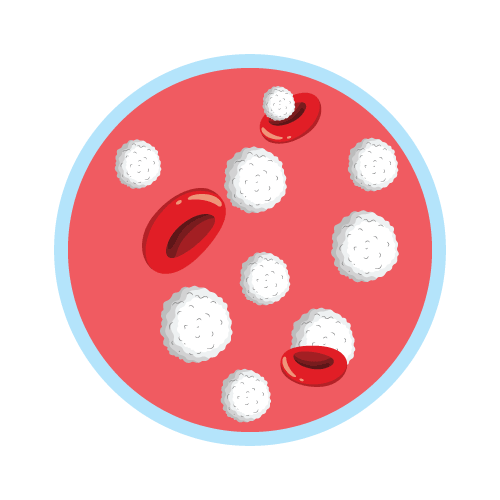| Name | Ceftriaxone |
| Classes |
Antiinfective Agent Antibiotic Cephalosporine |
| Diseases |
Bone Infection Bronchitis Gonorrhea Infectious Disease Meningitis Otitis Pelvic Inflammatory Disease (PID) Pneumonia Sinusitis Tonsillitis Urethritis |
Bangla
Ceftriaxone
Ceftriaxone is a broad-spectrum parenteral cephalosporin antibiotic of the third generation. It has strong bactericidal properties against both Gram-positive and Gram-negative bacteria.
Ceftriaxone is indicated for the following infections causes by susceptible strains-
- Lower respiratory tract infections
- Acute Bacterial Otitis Media
- Skin and skin structure infections
- Urinary tract infections
- Gonorrhea
- Bacterial Septicemia
- Bone and joint infections
- Meningitis
- Prevention of postoperative infections
- Perioperative prophylaxis of infections associated with surgery
- Lyme disease
Ceftriaxone is only available as intravenous and intramuscular injection. The usual dose for adults is 1-2 gm per day.
The common side effects of ceftriaxone are-
- Nausea
- Vomiting
- Diarrhea
- Eosinophilia
- Thrombocytosis
- Hypersensitivity reaction & Anaphylactic shock may occur, in such cases immediate clinical attention is required.
- Severe cases of hemolytic anemia, including fatalities in adults and children, have been reported.
- Interaction with Calcium-containing Products: Precipitation can occur. Do not administer simultaneously with calcium-containing IV solutions.
- Patients with both hepatic and renal impairment should not received more than 2 grams of ceftriaxone per day.
Contraindication
Contraindicated in patients hypersensitive to any beta lactam antibiotics such as-
Ceftriaxone is contraindicated in newborns under 28 days.
 Bangla
Bangla English
English